Is your IT infrastructure a well-oiled machine or a chaotic tangle of systems and processes? If you’re struggling to manage your IT environment, the answer might lie in two often-overlooked areas: documentation and reporting.
Let’s explore how these fundamental elements can revolutionize your IT infrastructure.
Understanding IT Infrastructure Documentation
Documentation is the bedrock of IT management. It involves recording detailed information about your IT assets, configurations, processes, and procedures. Effective documentation provides a clear and organized picture of your IT environment, which is crucial for several reasons:
Efficient Management and Troubleshooting: Comprehensive documentation ensures that all aspects of your IT infrastructure, including hardware, software, network configurations, and security protocols, are meticulously recorded. This organized approach facilitates easier management and troubleshooting. For instance, if a network issue arises, detailed documentation of your network configuration allows IT staff to quickly identify potential points of failure and implement corrective measures.
Compliance and Audits: Many industries are governed by strict regulatory requirements that mandate detailed record-keeping. Well-maintained documentation helps ensure compliance with these regulations and simplifies the audit process. By providing clear and accurate records of your IT setup and procedures, documentation can demonstrate adherence to standards and facilitate smoother audits.
Onboarding and Training: A well-documented IT environment accelerates the onboarding process for new team members or IT staff. Detailed records reduce the learning curve and ensure consistency in operations. New hires can reference documentation to understand existing configurations, processes, and best practices, thereby maintaining operational continuity.
Change Management: IT environments are dynamic, with frequent updates, patches, and configuration changes. Proper documentation tracks these changes, providing a historical record of modifications. This is particularly valuable for understanding the impact of changes on system performance and troubleshooting issues that arise after updates.
The Role of Reporting in IT Management
Reporting involves the systematic collection and analysis of data related to your IT environment. Regular reports offer valuable insights into your infrastructure’s performance, enabling informed decision-making. Key benefits of reporting include:
Performance Monitoring: Regular reporting tracks key metrics such as system uptime, resource utilization, and application performance. Monitoring these metrics helps identify and address potential issues before they impact business operations. For example, if reports show a gradual decline in server performance, IT staff can investigate and resolve the issue before it leads to system downtime.
Resource Allocation and Optimization: Reports provide visibility into how resources are being used, allowing for optimized allocation. By analyzing usage patterns, you can provision the appropriate amount of storage, compute power, and bandwidth. This ensures that you’re not overspending on underutilized resources or facing shortages during peak times. For instance, if reports indicate that storage is consistently reaching capacity, it may be time to expand your storage infrastructure.
Predicting Future Growth: Analyzing historical data through reports helps predict future growth trends and plan accordingly. Whether it’s scaling your infrastructure to accommodate more users or upgrading systems to support new applications, data-driven forecasting ensures you’re prepared for future demands. For example, if reports show a consistent increase in data storage needs, you can proactively invest in additional storage solutions to avoid potential bottlenecks.
Risk Management: Reporting helps identify and mitigate risks by providing insights into potential vulnerabilities and performance issues. Regularly reviewing reports allows you to detect anomalies, such as unusual spikes in network traffic or unauthorized access attempts, and take corrective actions to mitigate risks. This proactive approach helps safeguard your IT infrastructure against security threats and operational disruptions.
Best Practices for Effective Documentation and Reporting
To maximize the benefits of documentation and reporting, it’s essential to follow best practices that ensure accuracy, relevance, and usability. Here are some key best practices to consider:
Maintain Up-to-Date Records: Regularly update your documentation to reflect changes in your IT infrastructure. This includes new hardware, software updates, configuration changes, and security patches. Outdated documentation can lead to confusion and inefficiencies, making it challenging to manage and troubleshoot your environment effectively.
Automate Reporting Processes: Utilize tools that automate data collection and reporting processes. Automation reduces manual effort, minimizes the risk of errors, and ensures timely generation of reports. Automated reporting tools can also provide real-time insights, allowing for quicker response to emerging issues.
Set Clear Metrics and KPIs: Define key performance indicators (KPIs) and metrics that align with your business objectives. Track these metrics to assess the effectiveness of your IT infrastructure. For example, KPIs might include system uptime, response times, and user satisfaction. Setting clear metrics ensures that reporting provides actionable insights that support strategic decision-making.
Review and Analyze Regularly: Schedule regular reviews of your documentation and reports. Use this analysis to make informed decisions and implement improvements. Regular reviews help identify trends, spot potential issues, and adjust strategies as needed. For instance, if reports show a decline in system performance, you can investigate the root cause and take corrective actions.
Ensure Accessibility and Security: Documentation and reports should be easily accessible to relevant stakeholders while maintaining appropriate security measures. Implement a centralized repository where authorized personnel can quickly find and reference information. Ensure that sensitive data is protected through access controls and encryption.
Leverage Visualization Tools: Utilize visualization tools to present data in a clear and comprehensible manner. Graphs, charts, and dashboards can help stakeholders quickly grasp key insights and trends. Visualization tools enhance the effectiveness of reporting by making complex data more accessible and actionable.
Incorporate Feedback: Regularly seek feedback from users and stakeholders on the usefulness and clarity of documentation and reports. Incorporate this feedback to improve the quality and relevance of your documentation and reporting processes. Engaging with end-users ensures that the information provided meets their needs and expectations.
Conclusion
Proper documentation and regular reporting are essential practices for effective IT management. By gaining a clear understanding of your IT infrastructure and leveraging data-driven insights, you can ensure that your environment supports business needs efficiently.
From optimizing resource allocation and planning for future growth to enhancing compliance and security, the power of documentation and reporting equips you with the knowledge to keep your IT infrastructure firing on all cylinders. Embrace these practices to elevate your IT strategy and drive your business forward with confidence.


